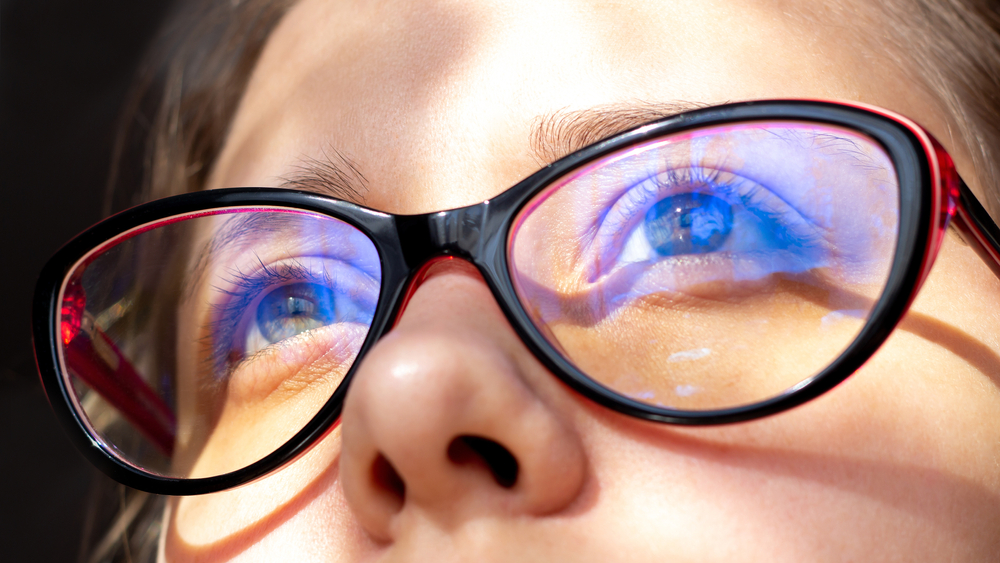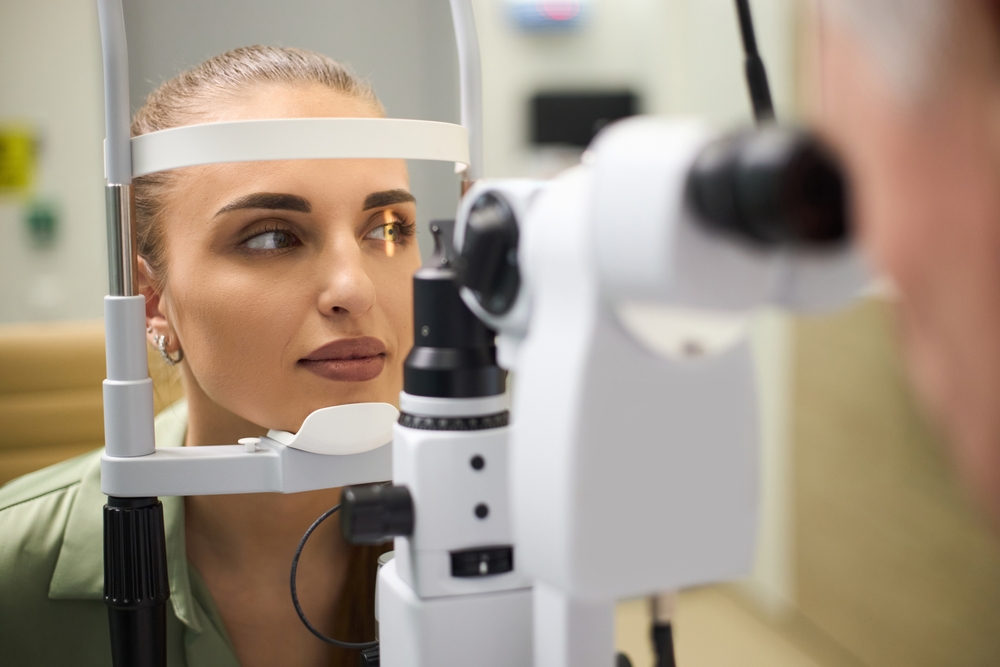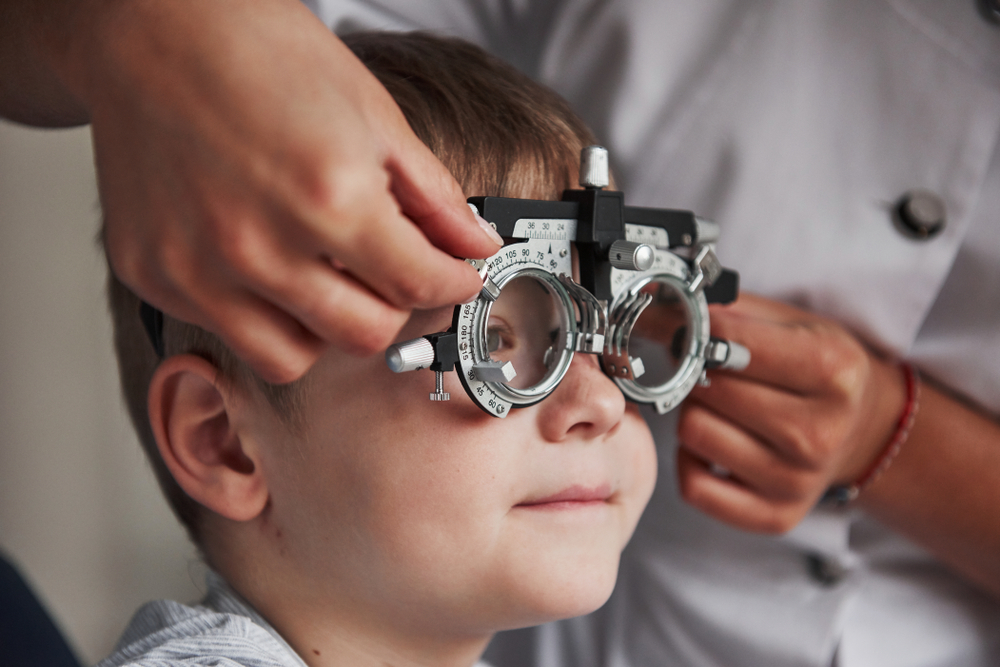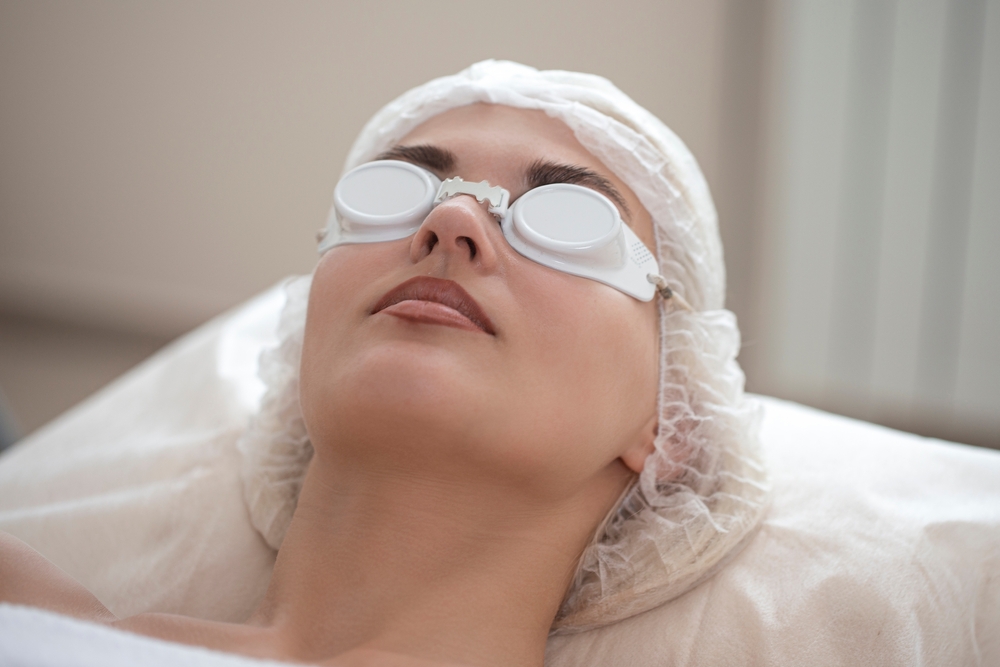Miller Optometry Blog
Learn more about optometrist care in our blog!

Myopia is one of the most common vision problems among children today. The good news is that early detection and modern treatment options can help slow its progression and protect your child’s long-term vision.

Keratoconus is a progressive eye condition that affects the cornea. In a healthy eye, the cornea maintains a round shape, but in individuals with keratoconus, it gradually thins and bulges into a cone-like shape.

When it comes to protecting your vision, routine eye exams are one of the most important steps you can take. While a standard vision test can identify refractive errors such as nearsightedness, farsightedness, or astigmatism, a comprehensive eye evaluation goes far beyond that.

Many parents assume that if their child isn’t complaining about their vision, everything must be fine. But children often don’t realize when their eyesight isn’t as clear as it should be. That’s why recognizing the early, subtle signs of vision problems is so important. Here are five subtle signs your child may need an eye exam - even if they haven’t said a word about their vision.

Dry eye disease affects millions of people, causing uncomfortable symptoms like burning, irritation, and blurry vision. For many, over-the-counter eye drops and home remedies offer only temporary relief. At Miller Optometry, we offer OptiLight therapy to address the underlying causes of dry eye and deliver lasting results.

When it comes to finding the perfect pair of glasses, lenses matter just as much as the frames. At Miller Optometry, we know that your lifestyle, vision needs, and daily habits all influence the type of lenses that are best for you.

When it comes to vision correction, contact lenses are a popular choice for many. While traditional soft and rigid gas permeable (RGP) lenses have long been the standard, scleral lenses are gaining recognition for their unique benefits, especially for patients with specific eye conditions. At Miller Optometry, we offer customized scleral lens fittings to help patients achieve clearer, more comfortable vision.

Wearing eyeglasses every day shouldn’t come with discomfort. If your frames feel heavy, pinch your nose, or slip throughout the day, it might be time to rethink your eyewear. At Miller Optometry, we’re committed to helping you find high-quality eyeglass frames that not only suit your style but feel comfortable from morning to night. Here’s how to ensure your glasses offer long-lasting comfort.

If you’ve been dealing with dry, irritated eyes, you know how frustrating it can be. The burning, redness, and gritty sensation can make even the simplest tasks—like reading, driving, or working on a computer—uncomfortable. At Miller Optometry, we offer OptiLight by Lumenis, an advanced treatment designed to provide lasting relief.

In today’s digital world, screens are an unavoidable part of daily life. Whether working on a computer, scrolling through a smartphone, or binge-watching a favorite show, prolonged screen time can take a toll on your eyes. Digital eye strain, also known as computer vision syndrome, is becoming increasingly common, leading to symptoms such as dryness, blurred vision, headaches, and eye fatigue. At Miller Optometry, we understand the challenges of modern screen use and offer advanced lens technology to help alleviate digital eye strain and keep your vision sharp.








